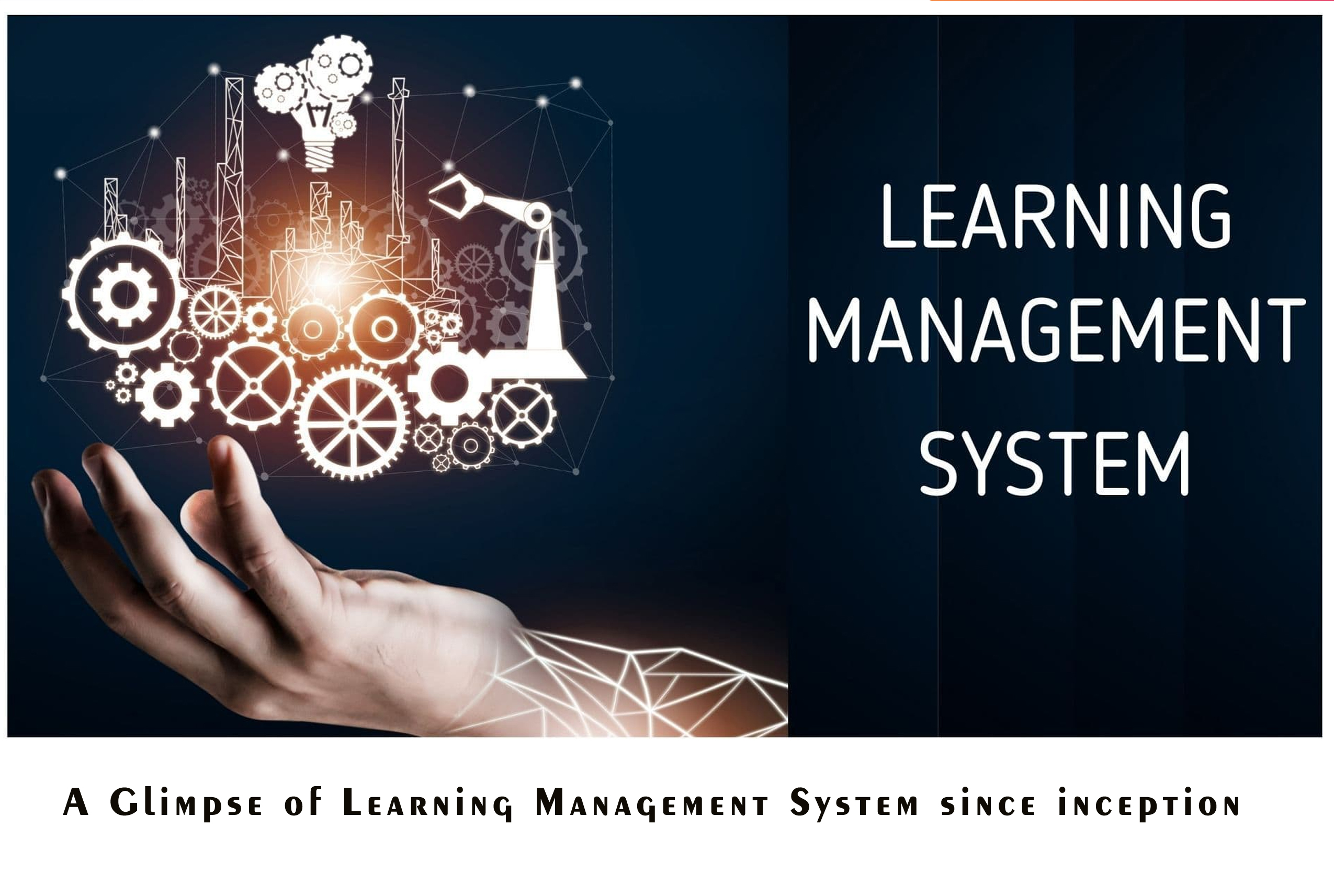LMS – The Evolution
The Inception of a well structured Learning Management system started during the early 1920’s. Since then it has evolved consistently towards betterment and progression and has taken a relevant and a meaningful space in the overall growth of any Organization across the world. Through all the changes that are happening Learning Management systems are playing an integral part in all of it.
Genesis of the Learning Management System
by Tarun Athmika
Evolutionary history is a fascinating story to understand the depths of human endeavor. Have you ever wondered how Learning Management Systems came to be?
It goes without saying that modernLMSs draw inspiration from a lot of yesteryear’s inventions and innovations. I will be looking at the key milestones in the history of the LMS and give instances of machines/tools which have directly impacted the way LMSs work today.
First developed by Sidney L. Pressey in the 1920s,
The teaching machine offered various kinds of practical exercises and multiple-choice questions (MCQs).
In 1953, the University of Houston, USA, televised the first for-credit college course for people to learn right from the comfort of their homes. Video lectures/lessons were aired every evening so that everyone—including full-timeworkers—could benefit from the lessons, ensuring that learning was not compromised because of work commitments.
In 2000, the world was introduced to the first open-source LMS: Moodle, short for Modular Object-Oriented Dynamic Learning Environment. With Moodle, we could start learning as soon as they downloaded the app onto their computers.
Why Organizations should have an LMS
By Harvey Singh
- Organize Learning resources in one place
- Enhance resource allocation
- Learning accessibility and localization
- Access to learning materials
- Cost effective
- Improved communication
- Flexible and scalable distribution of learning
- Certification and credits for course completion
- Personalized learning for each learner
- Used as a R & R function
- Reports and Analytics
The Ongoing changes in Learning & Development strategies across the globe – by Michelle Kerry
What’s the future look like, for LMS? We’re actually moving toward what’s called a next-generation learning environment, or NGLE. What does that mean, though?
- Interoperability
- Access anywhere
- Just for you
- Collaboration and communication
- Interactivity
- Analytics and tracking
All the above points are some of the recent changes that the universe of Learning Management system is experiencing.
Unless and until the Organizations don’t keep up with this overwhelming requirements of the new age learners they will be left behind. Hence it is imperative to stay updated. Integrate with the new technology and be quick to adapt to the changes. Leading and fostering those changes to every individual isan important task.
At the end of the day, the future of the learning management system can be glimpsed in the systems of today. The trends we’re seeing now will not disappear but will come into sharper focus. Interactivity, personalization, collaboration, communication, and better access to analytics will all play central roles in the development of tomorrow’s learning management systems.
Learning Management system – Best practices by Amit Gautam
- Identify the core issue or requirement
- Set up a team
- Assess the requirement in depth
- Review Organizational policies and processes
- Scope and plan for Migration
- Content Migration and Curation
- Reports and Records maintenance
- Accountability and review mechanism
- Farsighted and a futuristic approach
- Feedback receptiveand transition
Pioneers and early crusaders who paved the way for learning Management systems in the corporate world
- 1924 – Sydney Pressey
- 1929 – M.E. Lazere
- 1956 – Gordon Park and Mckinnon wood
- 1960 – The PLATO initiative
- 1969 – The ARPANET initiative
- 1970 – The HP initiative
- 1982 – TCP/IP Introduction
- 1983 – Project Athena
- 1990 – Soft Arc LMS first class in Mac
- 2002 – Moodle launched
- 2004 – SCORM Launched
- 2006 – OLAT 5.0 launched
- 2012 – Cloud based LMS was introduced.
The above information is compiled from Wikipedia source. It narrates the brief historical timelines along with the pioneers. Some are individuals and some are organizations who were theprimary crusaders of making the learning management system dream a reality.
As we are already aware this pandemic has amplified the enormity in which LMS is changing. hence it is crucial for all corporates as well as learning institutes to upgrade themselves and take advantage of the new methods available in the learning management system in the current context.


